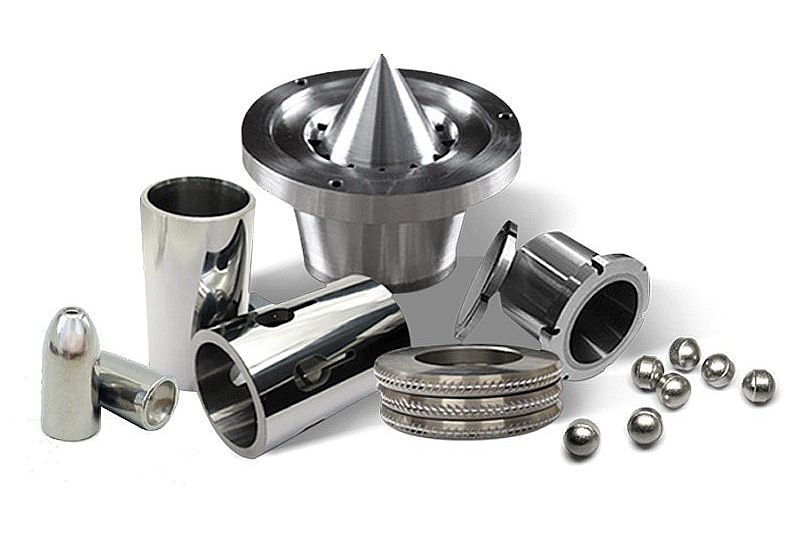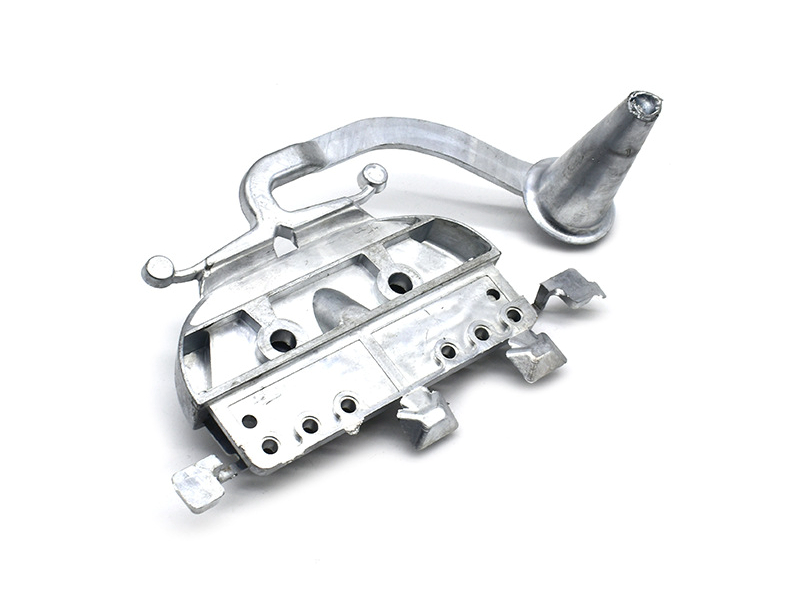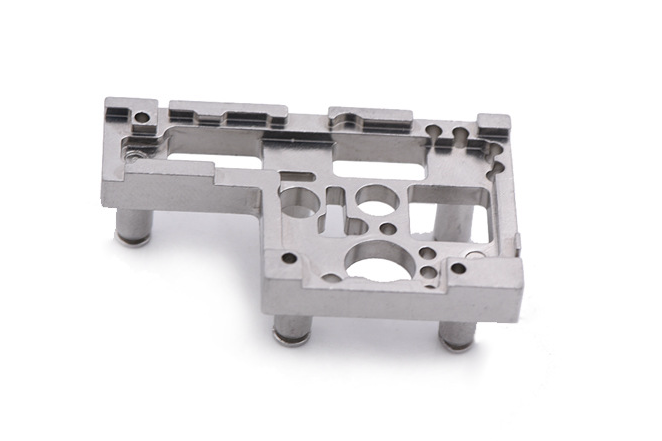How to choose materials and treatments for outdoor lock corrosion resistance?
For outdoor locking systems, corrosion resistance is a primary design driver because moisture, salt, pollutants, and UV exposure can quickly degrade unprotected metals. The right strategy is to pair inherently corrosion-resistant base materials with robust surface treatments, while also considering galvanic compatibility and mechanical load. In a custom parts manufacturing service workflow, we typically evaluate the environment (urban, coastal, industrial), required lifetime, and aesthetic expectations, then select suitable material–coating combinations for both internal mechanisms and external housings in locking system applications.
Selecting Base Materials for Corrosion Resistance
For highly stressed gears, cams, and spindles, stainless steels produced via metal injection molding are a strong starting point. Grades such as MIM 316L and stainless steel injection molding alloys provide excellent resistance to atmospheric and mildly chloride-contaminated environments, while still allowing fine, compact geometries. For housings or decorative escutcheons, corrosion-resistant copper alloy casting or cast stainless steel combines durability with a premium appearance.
Where weight matters, aluminum is attractive but needs protection. Precision cast aluminum or die-cast grades such as A380 can be used for lock bodies and handles, provided they are paired with appropriate surface treatments. Internally, non-load-bearing components can sometimes be made in engineering plastics via injection molding, which eliminates galvanic corrosion risk and reduces exposure of metals to the environment.
Surface Treatments to Extend Service Life
For aluminum housings, anodizing is often the first choice. It creates a hard, tightly bonded oxide layer that resists corrosion and wear, and can be sealed or dyed for architectural-grade finishes. In harsher environments, an anodized base layer can be combined with powder coating to add a thick, impact-resistant polymer barrier for door hardware exposed to rain and sunlight.
For steel components, especially carbon or low-alloy steels, we typically start with passivation for stainless parts to remove free iron and stabilize the chromium-rich oxide film. Functional and decorative finishes can then be applied, such as electroplating (nickel, chrome, or duplex systems) for shiny, easily cleanable surfaces, or a black oxide coating where a low-reflectance appearance is preferred and parts are mostly shielded from direct weather. For heavy-duty gate or fence locks, galvanizing on structural steel brackets provides sacrificial protection in highly corrosive outdoor conditions.
High-Performance Coatings for Demanding Environments
Where long life and mechanical contact are critical—such as latch bolts, rotating cams, and wear surfaces—advanced coatings like PVD can significantly enhance performance. PVD applied over corrosion-resistant substrates (e.g., MIM 17-4 PH or 316L) provides very hard, thin films that resist abrasion and maintain color stability outdoors. Additionally, robust organic layers from painting or powder coating help isolate metallic components from water and salts, particularly on complex assemblies produced through sheet metal fabrication.
System-Level Considerations in Custom Lock Design
Material and coating choices must be validated at the system level, not only at the coupon level. In a prototyping phase, parts produced by CNC machining prototyping or 3D printing prototyping are subjected to salt-spray, humidity, and cyclic temperature tests. Attention must be given to drain paths, seal design, and isolation between dissimilar metals to avoid galvanic couples. By aligning base material selection, surface treatment, and environmental testing early on, outdoor locks can achieve multi-year corrosion resistance with consistent aesthetics and functionality.



